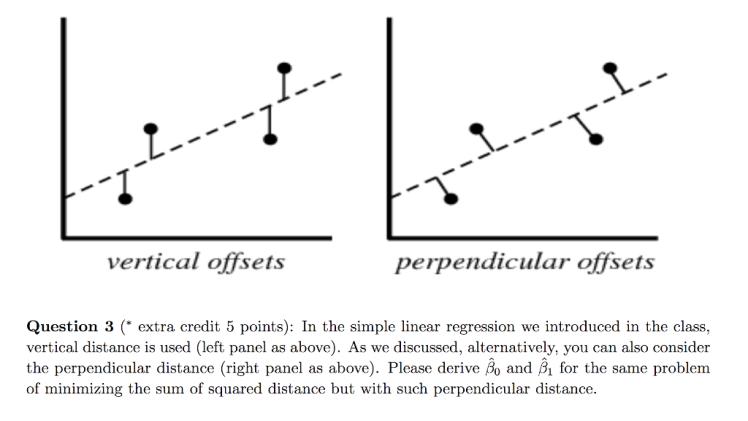What Are Perpendicular Lines?

Perpendicular lines are the very common form of line structure that makes a 90 degrees angle. This property of line makes the right-angled elevation at each other. This property of lines being perpendicular to each other is called the property of ‘perpendicularity’. Perpendicular lines are quite common, see the walls of your room, the wall makes a 90 degrees elevation with the floor lying beneath.
How Would You Define a Perpendicular Line?
In the subject of Mathematics, perpendicular can be defined as a straight line that makes a 90-degree angle with another line that generally lies underneath the first line. This means that the two lines somehow intersect each other at a specific point and form the right angle. Suppose there are two lines AB and CD, now consider that the line AB and CD intersect each other at point ‘O’, and then it acts as perpendicular to each other.
How is a Perpendicular Line Represented?
Two lines AB and CD, intersect each other at a 90-degree angle, thus the line forming this intersection is being represented as follows (assuming AB and CD are two lines) – AB ⊥ CD
Points to note:
- Perpendicular lines will always intersect each other
- The lines of the perpendicular structure intersect each other at an angle of 90 degrees
- All intersecting lines are not necessarily perpendicular
Measuring Of Perpendicular Lines
Suppose you are provided with a set of perpendicular lines, and you are unsure about its structure and want to know if it conforms to a perpendicular line, then you can measure the angle formed by the two intersecting lines. See if the angle measures 90 degrees. Then, they are perpendicular lines.
Example of Perpendicular Lines
A real-life example of a perpendicular line can be a square-shaped football field. Each of the square sides forms an angle of 90 degrees and forms another side.
Parallel lines – The Non-Intersecting Lines
In this section, we will be studying the Parallel lines. Parallel lines are the lines that are exactly opposite to the topic which you have studied earlier. These are the lines that will not intersect with one another ever, while the necessary property of perpendicular lines is that they intersect with one another.
Thus, we see the parallel lines’ fundamental property is that they will not intersect each other ever, and thus it is said that the Parallel lines meet at infinity.
Different Angles Formed By a Line Intersecting The Parallel Lines
Suppose AB and CD are two parallel lines that are intersected by like XY from the middle point at O. thus the angles which are formed by this intersection are as follows:
- Alternate interior angles
- Alternate exterior angles
- Vertically opposite angles
- Corresponding angles
- Linear pair
Definition of Parallel Lines
Parallel lines are thus described as two lines that lie parallel against each other. The intersection between the two parallel lines is absent. ‘||’ represents two parallel lines.
What Are The Properties of Parallel Lines?
By now, we know what parallel lines are. These are the two lines that intersect each other at an infinity point. Next, we learned that there are four angles when a transversal intersects two parallel lines. Now let us sum together all the properties of the parallel lines. The properties are as follows:
- The corresponding angles of the parallel lines are always equal.
- The Vertical angles or the vertically opposite angles are always equal to each other.
- There are alternate interior angles that are too equal.
- They also have alternate exterior angles which are also equal to each other.
- When a transversal is formed the interior angles which are formed on the same side of the transversal are supplementary in nature.
In this content, we have learned about the Perpendicular and Parallel lines which are in contrast to each other. Further, if you want to explore more on this subject matter visit Cuemath and explore a range of fun concepts and mathematics.




